Mt. Kinabalu is held sacred by the indigenous peoples of Sabah in Malaysia. They believe the mountain is where the souls of their departed rest before ascending to higher realms.
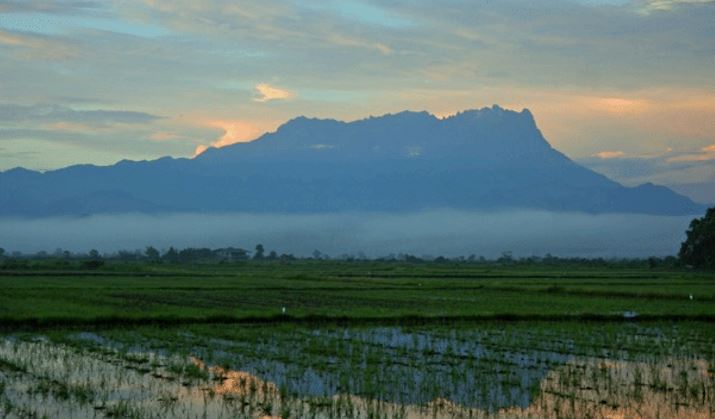
The mountain was also the epicentre of an earthquake with a magnitude of 6.0 in June 2015. Aside from the physical damage, the earthquake caused economic displacement and mental and spiritual devastation among the indigenous peoples settled around the mountain, as well as the local population in Sabah. The physical impact of the earthquake lingered, with rocks, soil, and trees remaining loose and causing mud floods during the rainy season. There were dramatic effects on forests and rivers, a critical source of drinking water and irrigation that crop production and livelihoods very much depend upon.
Over time, Mt. Kinabalu has been commodified and become a primary income earner for Malaysia’s tourism industry. Tourists from around the globe climb the mountain for adventure and to appreciate its beauty and biodiversity. Where originally, the foothill people of Kiau were the gatekeepers of this sacred place, they have become tourist guides and porters for the ascent to Kinabalu. A profound intervention was needed to look into the people’s past and their relationship with the mountain in order to transform their present and future connection to the mountain. Realizing the important role of the sacred mountain, the people of Kiau were receptive to the idea of revitalizing their indigenous rituals, ceremonies, and commune with the spirits. A core group of indigenous leaders and medicine people in their traditional roles and capacity as original caretakers were invited to take part in the process, to remember and renew sacred practices and ceremony.
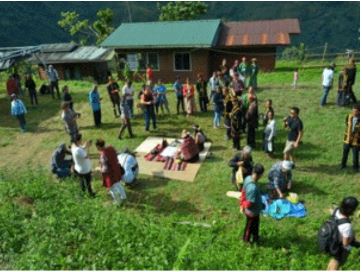
The project united practitioners of traditional and sacred rituals across tribes in Sabah and wisdom-holders and advocates of traditional and sacred rituals from around the Pacific Rim. Those invited came from Peru, Russia and California, USA for ceremony and community building, and to support honoring and conservation of sacred sites. They envisioned a gathering for collective grieving and honoring, reclaiming and reconnecting humans in the web of life. It was also meant for remembering and re-enacting indigenous people’s responsibility and agency with nature.
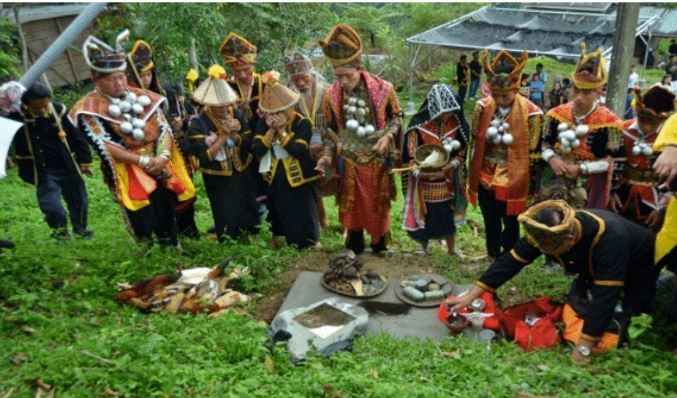
They held a Sumuku, a traditional protocol similar to FPIC, engaging and consulting communities in Sabah. Following discussions, they gave their consent to the project and did the planning.
A few months later, ceremonial preparations were underway, with prayers were said for guidance and enlightenment of the gathering. The highlight was in November 2015 with the arrival of international participants. Sambutan (a receiving ceremony) and Mountain to Mountain sharing was performed, and two days were spent in prayer as they prepared to climb Mt. Kinabalu.
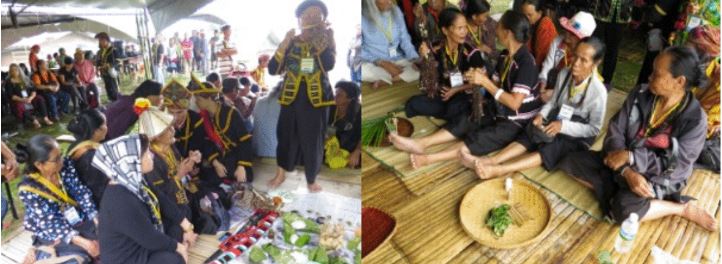
The success of the project was the involvement and participation of indigenous healers and practitioners from 12 Sabah communities and various countries, during which they came to terms with the sense of taboo or persecution involved in performing or participating in rituals. They were able to create a network of indigenous healers and practitioners who reconnected, reclaimed, revived, and renewed healing practices.
Two months were spent on documenting the ceremonies, and finally, sharing of stories served to cap the project.
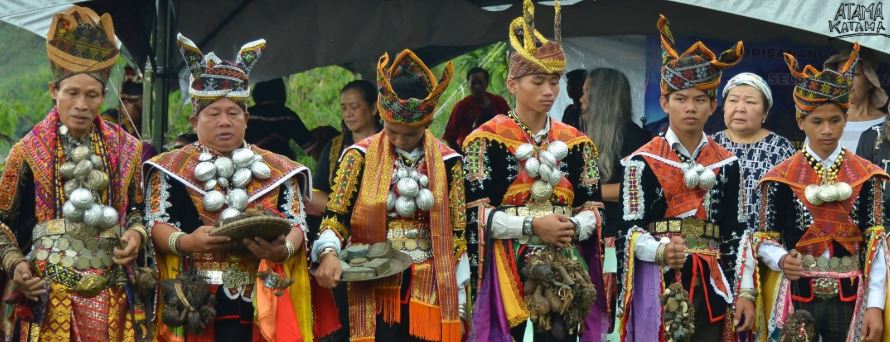
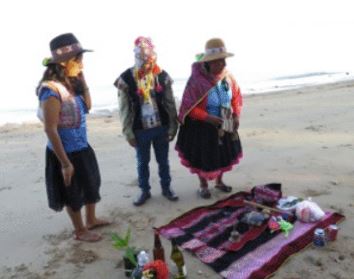
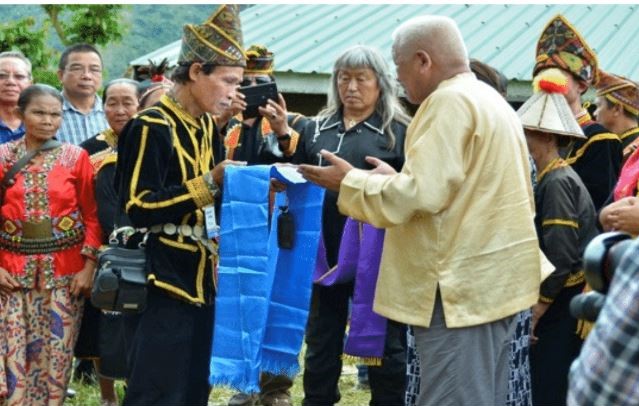
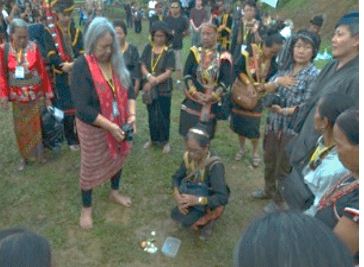
The project “Indigenous Conservation of Sacred Sites: Places, People and Practices of Spirit and Ceremony” was implemented by PACOS TRUST/LEAP/KDCA in 2015 with the support of PAWANKA Fund.
